Standing close to the southernmost point of the island, the bustling town of Matara provides an insight to everyday Sri Lanka that may (or may not) be welcome if you’ve spent lime in the coastal resorts. Standing at the terminus of the country’s southern railway line, the town is an important transport hub and a major center of commerce.

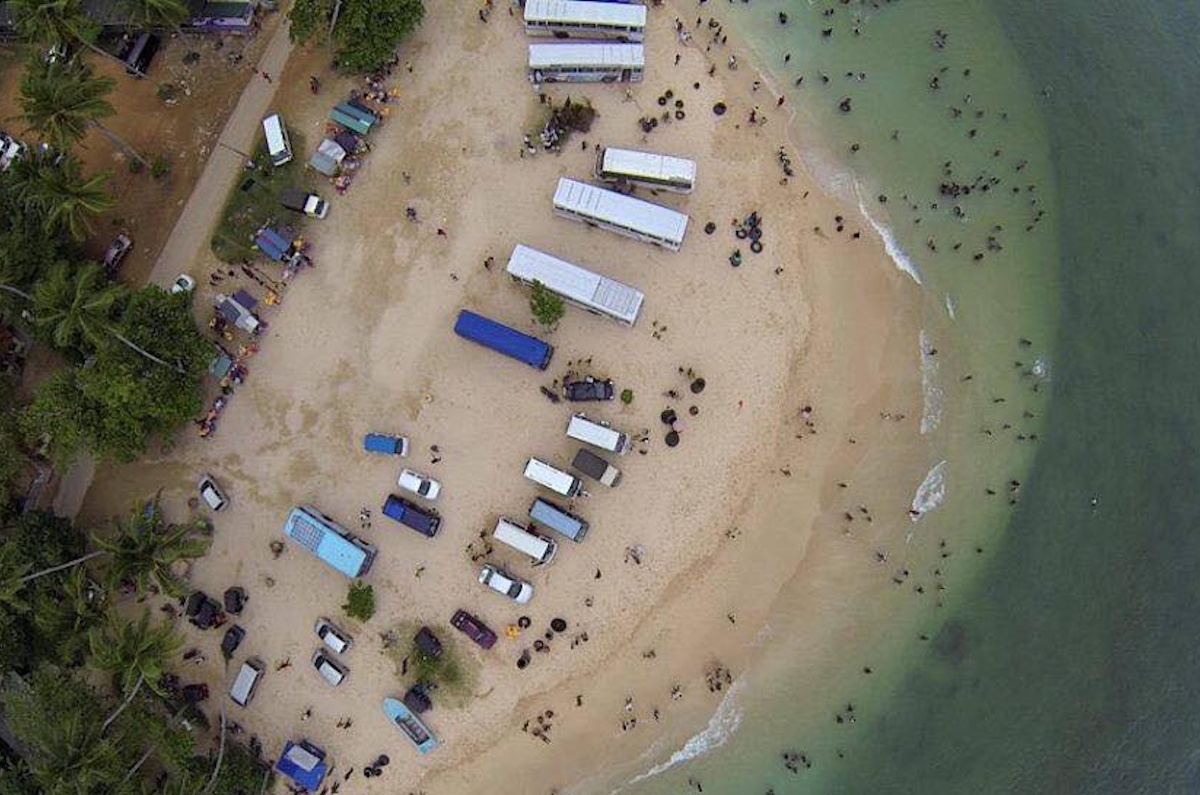
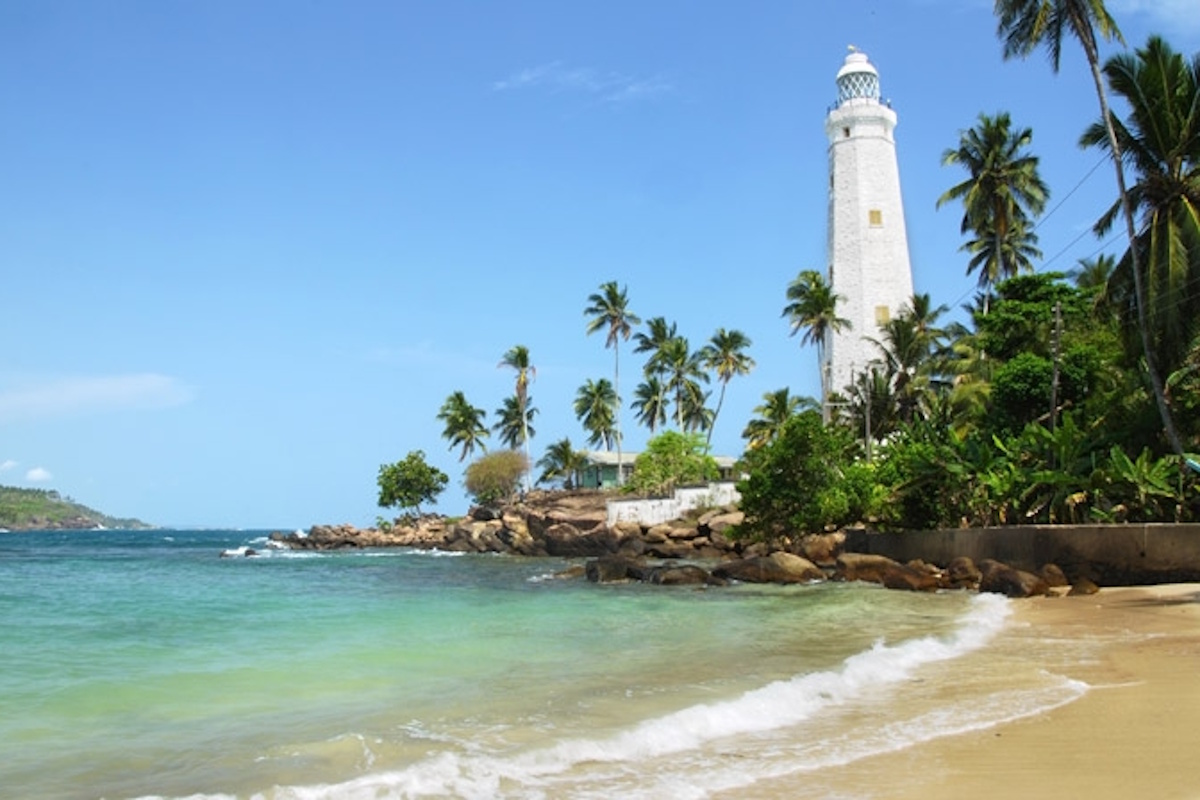
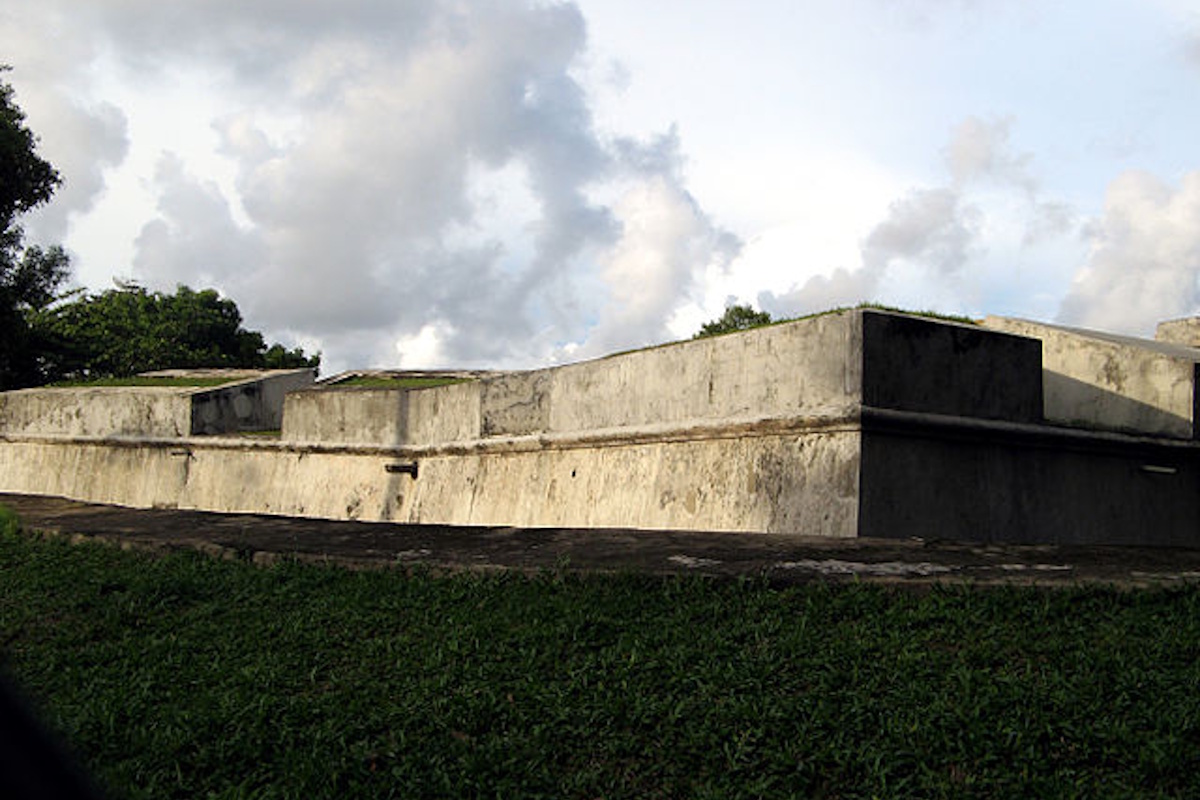
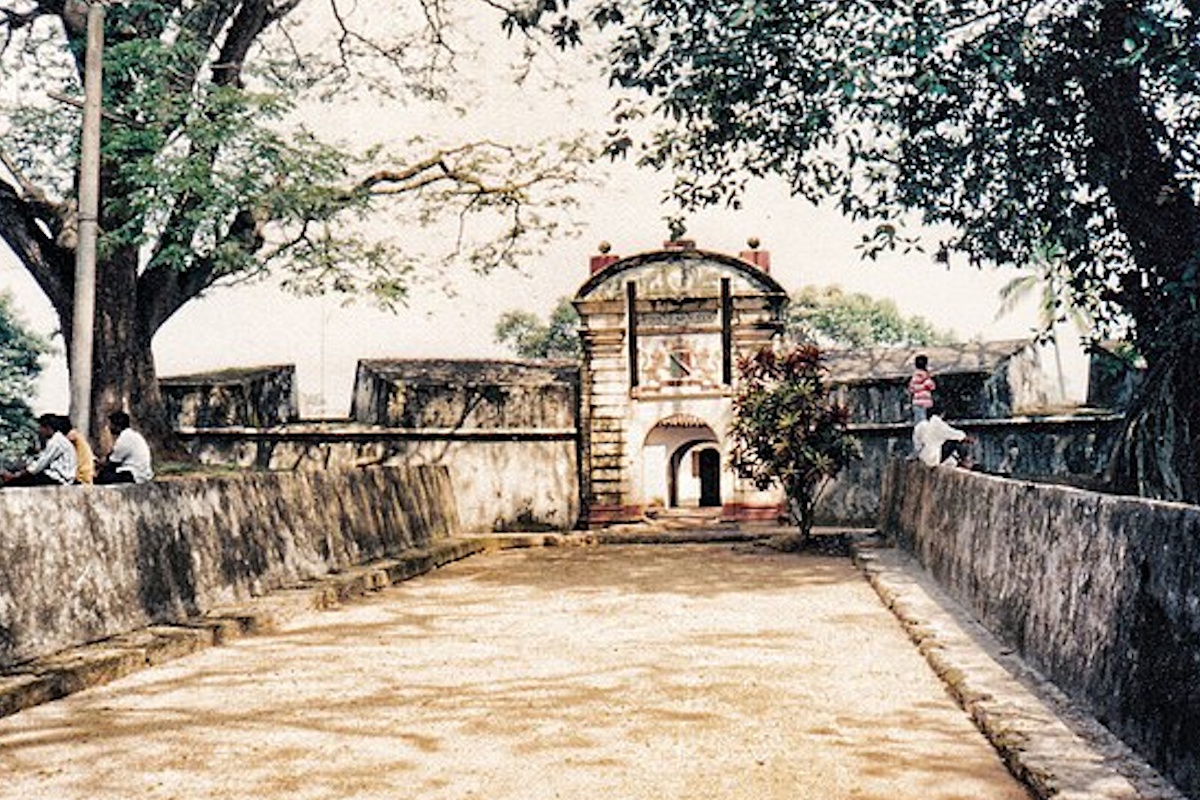
Matara, located on the southern coast of Sri Lanka, has a history that is both ancient and vibrant, shaped by its strategic position along maritime trade routes and its cultural heritage.
Ancient Times:
The area has been known since the Anuradhapura period (3rd century BCE to 10th century CE) when it was part of the Southern Kingdoms. Matara’s coastal location made it a significant trading hub, and it was mentioned in ancient Sinhalese chronicles as an important point for commerce and maritime navigation.
Portuguese Arrival (16th Century):
In the early 1500s, the Portuguese arrived in Sri Lanka and took control of the southern coastal region, including Matara. They built forts, churches, and other structures, leaving behind an indelible European mark on the town’s landscape.
Dutch Rule (17th–18th Century):
The Dutch defeated the Portuguese and took control of Matara in 1640. During their rule, they expanded the fortifications and established the town as a center of trade, especially in cinnamon and spices. Many of the town’s colonial-era buildings date back to this period.
British Era and Beyond:
Following the British takeover in the 19th century, Matara remained a bustling coastal town, important for agriculture and trade. The region saw significant development in infrastructure, but it retained much of its colonial-era charm.
Matara today is a charming blend of colonial history, coastal beauty, and local culture. The town has evolved with the times, offering a relaxed, laid-back atmosphere that attracts both tourists and locals.
Tourism Growth:
In recent years, Matara has seen an increase in domestic and international tourism. The town’s beaches, historic sites, and rich cultural heritage make it a popular destination for those looking for a less commercialized experience.
A Blend of the Old and New:
While modern developments continue to take place, Matara’s colonial architecture, ancient temples, and traditional markets still stand strong, creating a unique and harmonious blend of the past and present.
Local Economy:
Matara’s economy revolves around fishing, agriculture, spices, and tourism. The region is known for its coconut plantations, cinnamon, and rubber production, with agriculture playing a vital role in the livelihoods of the local population.
Located on the southwestern tip of Sri Lanka, Matara is surrounded by the Indian Ocean and is known for its tropical climate and picturesque coastal scenery.
Geography:
Matara lies on the Gin River and has a stunning coastal landscape, with long beaches, rocky headlands, and lush vegetation. The region is bordered by the Weligama Bay and is close to the Rekawa Lagoon, a haven for birdwatching and wildlife enthusiasts.
Climate:
Matara enjoys a tropical climate, characterized by warm temperatures and high humidity throughout the year. Average temperatures range from 25°C to 31°C, with the dry season between November and April being the best time to visit. The region receives substantial rainfall during the monsoon season from May to October.
Matara Fort
Built by the Portuguese in the 16th century and expanded by the Dutch in the 17th century, this fort stands as a reminder of the region’s colonial past. The fort’s clock tower, Dutch church, and bastions offer glimpses into the town’s history and provide panoramic views of the surrounding area.
Weherahena Temple
A striking Buddhist temple with a massive statue of Buddha and murals depicting the life of the Buddha. The temple complex also includes a stupa, prayer halls, and a meditation center, offering a peaceful retreat.
Nilwala River & Boat Safari
The Nilwala River runs through Matara, and visitors can take a boat safari to explore the river’s rich ecosystem, including mangroves, water birds, and local wildlife. The scenic boat ride offers a unique perspective of the town and its surroundings.
Polhena Beach
A serene, sandy beach ideal for swimming, snorkeling, and relaxing by the ocean. The bay is protected by a coral reef, making it a safe spot for families and casual beachgoers.
Tangalle Beach
A short drive from Matara, Tangalle is known for its pristine beaches and clear waters. The area offers a tranquil environment, perfect for unwinding, swimming, and sunbathing.
Rekawa Turtle Sanctuary
Located near Matara, this turtle sanctuary is a place where sea turtles come ashore to lay eggs. Visitors can join night tours to observe these magnificent creatures in their natural habitat.
Weligama Bay
Famous for its surfing spots and beach resorts, Weligama Bay is a popular destination for both beginners and seasoned surfers. The bay offers a picturesque setting with golden sands and clear blue waters.
Star Fort
A small Dutch fort located near the Matara Fort, designed in the shape of a star. This historic site offers a glimpse into the military architecture of the Dutch colonial era and is a peaceful spot for visitors interested in history.
Cinnamon and Spice Gardens
Matara is known for its spice plantations. Visitors can take a tour of a cinnamon plantation to see how this aromatic spice is harvested and processed, along with other local spices like cardamom, pepper, and nutmeg.
Local Cuisine
Matara is renowned for its seafood, especially fresh crab curry, prawns, and grilled fish. The town also offers traditional Sri Lankan rice and curry, hoppers, and string hoppers. Don’t forget to try the region’s famous coconut sambol.
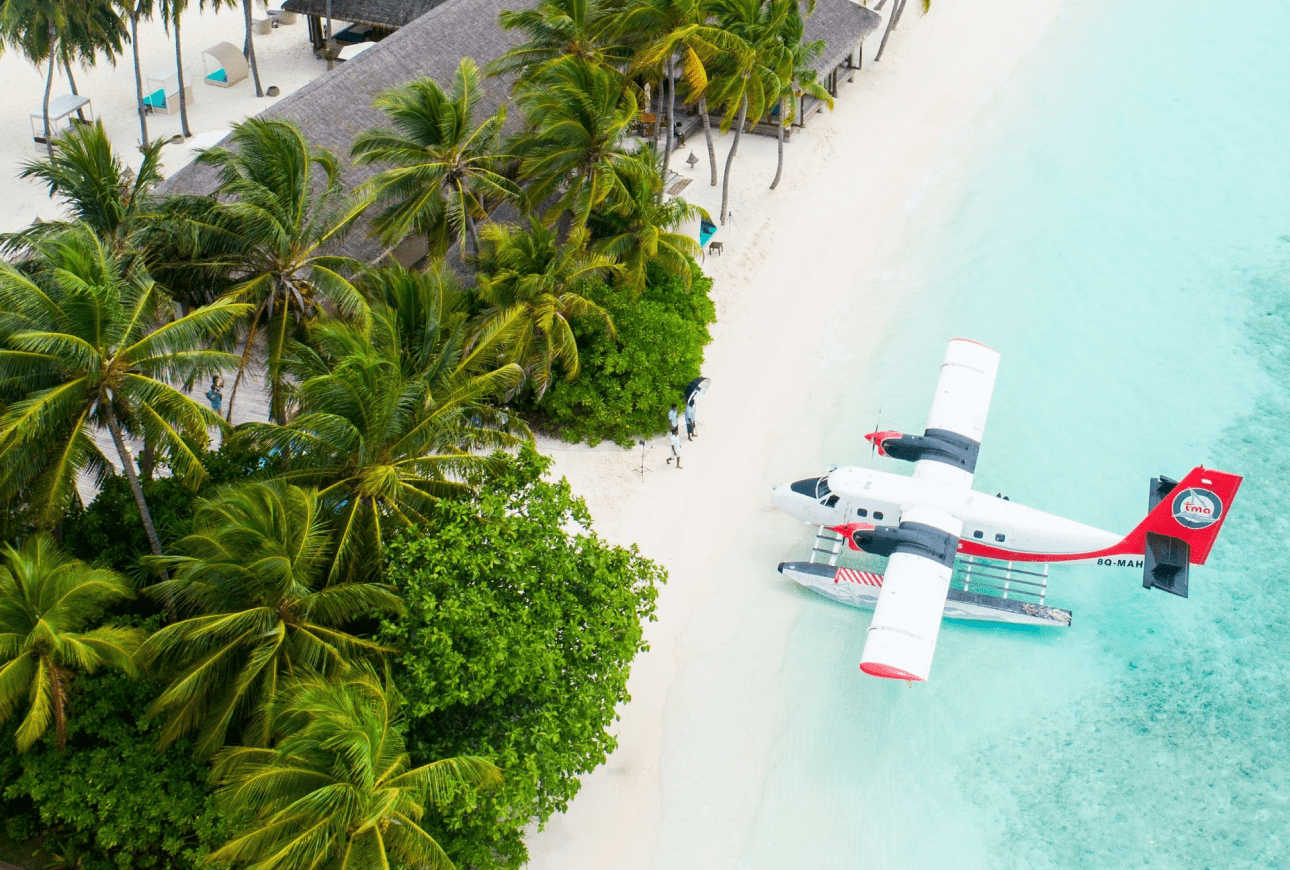
Subscribe to see secret deals prices drop the moment you sign up!